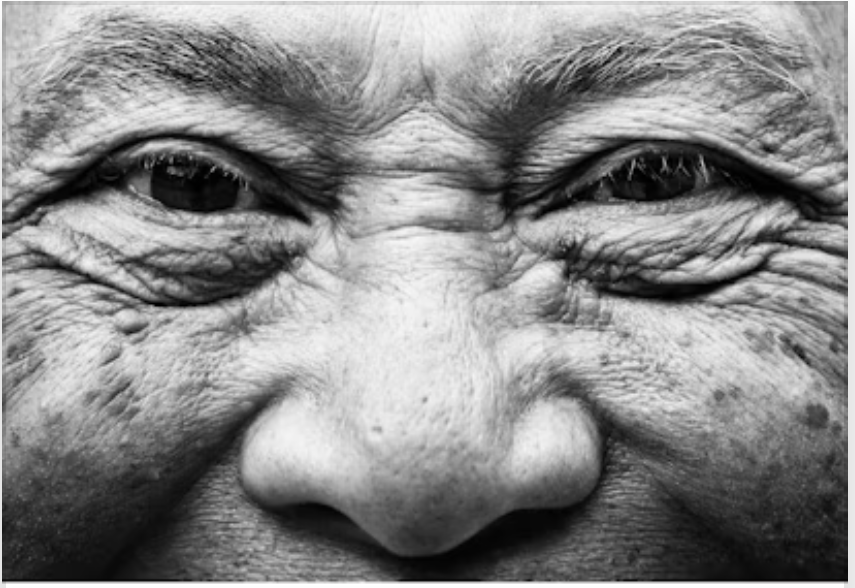
Black Studies Scholar Examines the Presence of Racism in ‘Race-Neutral’ Urban Sites

White and non-white identities are place-bound, asserts George Lipsitz, professor of Black Studies at UC Santa Barbara. But for people of color, those places are often considered undesirable, and the opportunities they present tend to be much more limited.
In his new book, “How Racism Takes Place” (Temple University Press, 2011), Lipsitz, who is also a professor of sociology, reveals how seemingly race-neutral urban sites contain hidden racial assumptions and imperatives. He argues that racism persists because a network of practices skews opportunities along racial lines. These practices assign people of different races to different spaces, and therefore allow grossly unequal access to education, employment, transportation, and shelter.
Lipsitz will discuss his book –– as well as the relationship between race and space and how seemingly "race-neutral" individuals perpetuate the cycle of racism –– at 6:30 p.m. on Tuesday, April 19, in the MultiCultural Center Lounge.
In his book, Lipsitz examines how urban space and social experience are racialized. He emphasizes that aggrieved communities do not passively acquiesce to racism, and recognizes the people and communities that have reimagined segregated spaces in expressive culture as places for congregation.
"All these things are in front of our eyes, but not talked about," Lipsitz said. "And when they are noticed, they are talked about in terms of class relations. But there are racial components as well."
Lipsitz writes: "Racialized space gives whites privileged access to opportunities for social inclusion and upward mobility," Lipsitz writes. "Racialized space shapes nearly every aspect of urban life. The racial imagination … exposes communities of color disproportionately to environmental hazards and social nuisances while offering whites privileged access to economic opportunities, social amenities, and valuable personal networks."
As examples of skewed practices and opportunities, he cites the construction of "race-neutral" football and baseball stadiums in inner-city areas, and the discrepancy in life expectancy between people living in downtown Washington, D.C., and those in adjacent –– and mostly white –– urban areas. Sports arenas, he notes, are heavily subsidized by city, state, and federal governments, and the tax incentives that support the construction of these inner-city sports arenas often come at the expense of funding for neighborhood schools.
Regarding average life expectancy, in downtown Washington, D.C., it is 55 years, according to Lipsitz. In the white suburbs, however, it jumps to 77. "Part of it has to do with toxic environmental hazards and the lack of preventative health care centers, particularly pediatricians. Even if you had health insurance –– and most people who live there don't –– you might not be able to see a physician simply because they aren't there. In the white suburb, seeing a doctor is routine."
Cumulative vulnerabilities come from racial segregation, Lipsitz continued. "Historic patterns of segregation –– many of which are now illegal
have created patterns of contemporary racism and demographic distribution of opportunities that perpetuate themselves," he said.
Related Links
Temple University Press



